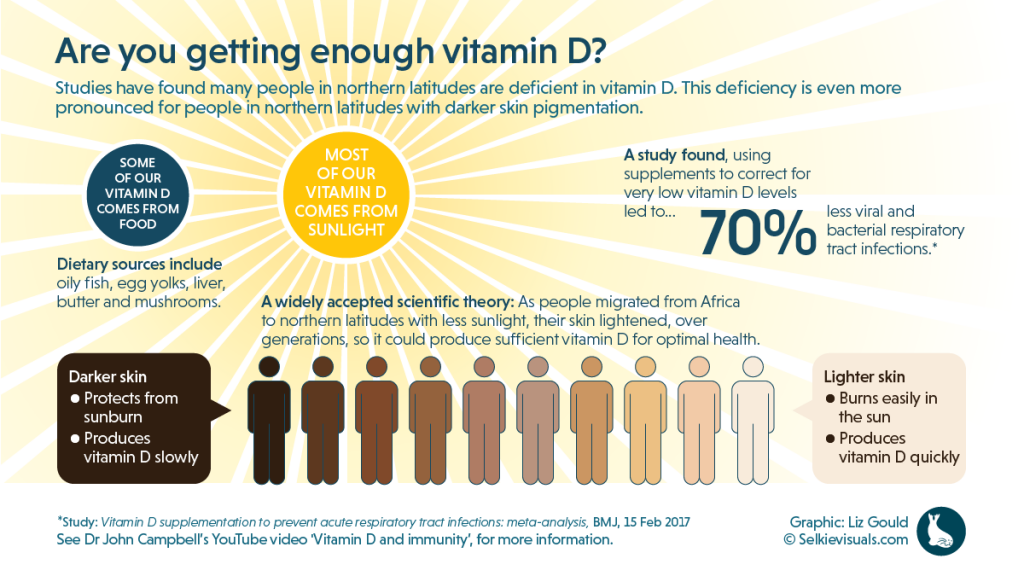

Vitamin D is a key player in our calcium, magnesium and phosphorus metabolism.

But what is so important about the Sun vitamin? We can already see that the Sun seems to be a guiding light for our health, if used sensibly. Don’t wait for a sunburn to get back in the shade or to put on protection after your sunbath. This is a daily recommended minimum, but you don’t have to overdo it either. Keeping all that in mind, 30 minutes of midday Sun with half of your skin exposed should give you all the vitamin D you need. Check your situation and consider supplementing vitamin D, if you need. Also, the further away from the equator you are, the more likely you won’t have enough UV light for production in winter or even longer.Ī simple rule of thumb to estimate this is to look at your shadow on the ground: if it is as long as your height or shorter, the Sun should provide enough UV light. This comes down to a combination of duration, skin area and skin type, as well as season and location.ĭarker or tanned skin offers more protection against UV light via melanin pigments – a factor that reduces vitamin D synthesis in turn. How much Sun exposure do you need?īefore we get enlightened about the effects of vitamin D, let’s first clarify how much Sun exposure is necessary to fill up our tanks. The global prevalence of vitamin D deficiency further emphasizes this assessment. This is a 2200-fold difference or as one scientist puts it: “ The results indicate a relatively modest burden of disease from ultraviolet radiation, but highlight the important benefits from having adequate UVR to maintain vitamin D levels”. Globally in 2000, excessive solar UVR exposure caused the loss of around 1.5 million DALYs (0.1% of the total global burden of disease), whereas a massive loss of 3.3 billion DALYs was attributed to a lack of UVR exposure and vitamin D deficiency. This is measured in disability-adjusted life years (DALYs), which you can think of as lost years of full health. To put these risks in perspective, we can consult a Global Burden of Disease report on solar ultraviolet radiation that contrasts the risks of excessive solar UVR exposure with a lack thereof, including vitamin D deficiency.

Sunburns, heat strokes and skin damage are certainly no joke, on the other hand we need sunlight for some of the most basic functions in our body. When it comes to our health, the Sun often gets a bad rep for being very dangerous. Easy access and no registration needed - launch it in your browser or get the iOS app. Shadowmap is your tool to leverage Sun and shade for your health. But what about Vitamin D? How much Sun do you need to produce enough and what are the risks? We’ve talked about the importance of sunlight for our sleep and circadian rhythm before.


 0 kommentar(er)
0 kommentar(er)
